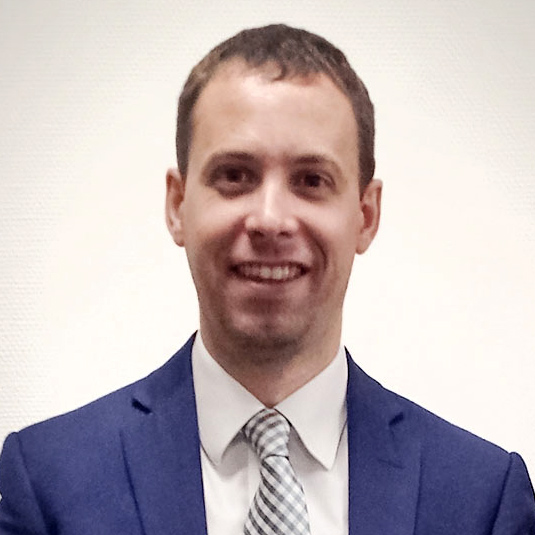Praise For: SOT® – The Three Categories
Hear directly from our students about the benefits of our program.
-

Dr. David King
“I took this program for a greater understanding of SOT categories and their management.
My three takeaways are:
1. SOT is not confusing, just detailed.
2. The 3 categories are the foundation.
3. SOT is not difficult to apply.This program has given me another practical tool to use in patient care.
I had a new patient with a hot discogenic pain. Category 3. Pain went from 8 to a 3 during first treatment. 6 sessions to a 0/10 pain.”
-

Dr. Kelly Hutchison
“I took this program because I was hoping to truly unlock the basics of SOT and understand the 3 differentiating categories. I wanted to include it and slowly start incorporating blocks into my practice.
My three takeaways are:
1. Each category has been clearly explained and the tests shown
2. SOT does require a lot of testing but it does not need to take long to do it
3. The importance of the testing in your diagnosisThis course has helped broaden my scope to be a better chiropractor for my patients.
I have especially used category three as I have a lot of acute patients that visit me-I have seen a massive change in approaching them more specifically, with correct block position and by using the basic cranial move. Very happy to understand this category to help speed up healing.
Thank you for giving me some extra time to work through all the videos. I have made plenty of notes to go through and revisit as I go along. Thanks for your brilliant knowledge and exceptional expertise in this field.”
-

Peter Wyland, DC
Well structured, systematically taught over 15 weeks allows additional time to study.
The program has helped keep the Chiropractic spirit alive in me even in retirement. I am able to treat my family with the category system rather easily.
It is an awesome way to learn SOT. My fourth course this year.
-

Dr. Ricardo Abrantes
“I took SOT Europe’s first three modules at the beginning of the year (Cat I, II, II and extremities). Lots of questions arose as I started using SOT with patients.
The program was well structured, ensuring that participants can comfortably absorb, comprehend, and put into practice the concepts taught. This program answered so many questions, I’m so grateful for having taken part in this course. I am feeling more confident using SOT. In the clinic, patients with chronic complaints have finally started to heal.
I have been treating a patient for about 2 years. She presented with left buttock pain. I had gone far further than previous chiropractors in helping her. However, her pain remained. It was only when I started using SOT and identified a Category II subluxation pattern that I was able to clear her pain completely and get her back to running and practicing martial arts. She is still a stable category 1 patient now and I see her for maintenance every four weeks.
Thank you for answering all my questions. I am looking forward to the CMRT course. You always made me feel welcome with my many questions, and I really appreciate your help and kindness.”
-

Dr. Bertille Poussard
“I took this course to improve my skill and learn new techniques.
My takeaways are that one complaint can hide something that has been there for longer than the complaint. The importance of considering the body as a whole and the strong relationship between the cervical and the pelvis.
The course has enlarged my view on chiropractic care, and taught me a new way to approach a complaint.
Great class.”
The SOT® Pediatric Certificate Program
Demonstrate your commitment to your profession and patients, enhance your skills, and place yourself on the road to mastery in the art of chiropractic adjustment.

